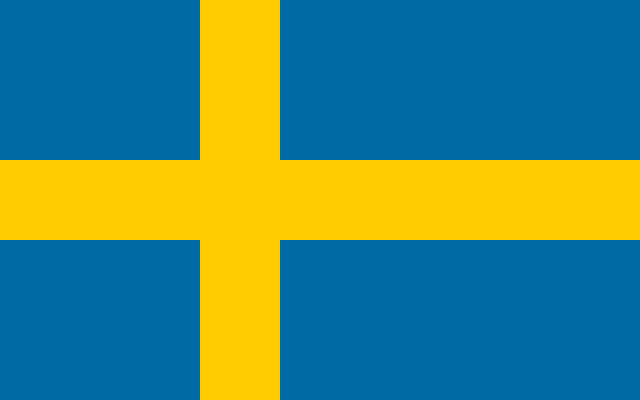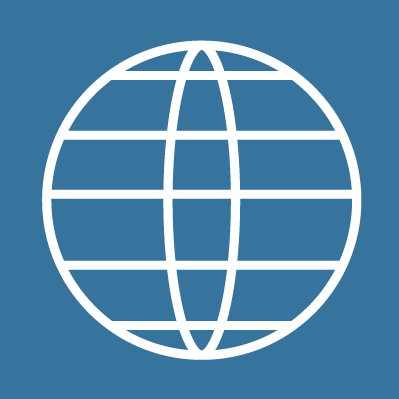januari 16, 2025
Challenges and possibilities with remote patient monitoring
The healthcare system faces several challenges, an ageing population and fewer staff having to do more for an increasing number of patients are often mentioned. One way to tackle the challanges in healthcare is remote patient monitoring (RPM), which could relieve the healthcare burden and provide increased knowledge for the patient. However, implementing RPM requires new ways of working and new organisational structures.
Erik Reinicke is the Innovation Coordinator in Region Östergötland. He is also a member of several innovation networks and is a leader in the promotion of self-monitoring both within his regional council and on a national scale.
“We have built the system today on the assumption that patients contact the healthcare system when they feel poorly. If I am having problems with my heart, I contact my doctor, and a consultation is arranged,” says Erik.
As a result, the patient is often already poorly at the time of contact and therefore requires more advanced care. Should the patient instead keep an eye on their weight on an ongoing basis and only contact the healthcare provider if they have questions, or the healthcare services contact the patient in the event of changes in the patient’s values – then healthcare could operate preventively. This means that a patient whose condition deteriorates can be cared for at an earlier stage, with less demanding interventions from the healthcare system.
Who benefits from remote patient monitoring?
From the patient’s perspective, RPM enhances their understanding of their disease. The knowledge allows the patient to actively influence life choices that lead to a better prognosis, making life easier and putting less strain on the healthcare system. Knowing that one’s values are monitored by the healthcare system also provides security. The patient takes an active role in their own care.
For the healthcare staff, RPM frees up time, which can instead be spent on those patients who have a more extensive need for care. At the same time, you have control over risk groups and can work proactively to keep those patients healthier for longer.
“The feedback our care units provide is that the medical visit is shortened, and for the most part takes place via video as no values need to be taken. The dialogue is about lifestyle habits instead of measured values,” says Erik.
According to Erik, the healthcare departments that begin using RPM may not be the ones that initially profit from it in terms of operational advantages. In many cases, other areas involved in the referral flow can instead be relieved. In those cases when the need for care for patients with multiple illnesses reduces, the burden on other departments is also reduced.
The technology associated with RPM is not complex. It doesn’t care about how different departments are organised or who answers the patient’s questions. What makes implementation and use complicated is that it cuts through existing structures. It challenges our current organisational structures. This has proven to be a challenge, as organisational change requires resources and a willingness to change.
“At present, we do not work with monitoring in a way that maximises benefit. We need to create a different structure with regard to the monitoring of patients. This is important to move forward and really reap the benefits of the new way of working. Since the new technology and working methods have not been subjected to extensive research processes, they are viewed with scepticism. We must question current working practices, conduct ongoing evaluations, and identify a quicker path for the adoption of new technology if we are to meet the difficulties facing healthcare today,” says Erik.
How do you start working with RPM?
Region Östergötland has been working with RPM for a long time. Erik says that it is important to have a very clear plan and goal when you get started. As in all other projects that place demands on the healthcare system’s capacity to change, managers and leadership must be involved in driving the issue for it to have an impact.
Routines and working methods are the complicated parts, here time is needed to implement them and to firmly establish them within the organisation. How long should our trial period be, how should the patient engagement be structured, and when will we begin making large-scale patient connections?
“The benefits will arrive when volume increases. It will become easier to do things when you do them more often, and we clearly see that staff members who have an increasing amount of patients that self-monitor discuss the potential for further developments in relation to RPM.”
Routines for monitoring differs within different patient groups
In certain cases, you have to act on a day-to-day basis, while in others, once a year is sufficient. The patient and their situation are the determining factors. One challenge is that various specialist roles feel uncertain about going outside their area, but Erik emphasises the importance of starting to think as a whole system – not just a unit, and that you meet the patient at different levels based on your competence.
Over time, it has been seen that the employees’ knowledge of different patients’ symptoms and what they mean increases, which means that it is possible to act earlier on indications of a patient’s progression. If you combine this with the patient’s increased control over life choices and knowledge about the disease, it creates gains in both increased knowledge, more time and better health.
“There are two paths we can take here. Either we find the technology difficult to work with as it complicates our work, or we see the technology as an aid in accurately sorting, prioritising, and locating cases. How we choose to organise ourselves affects how we can use technology and work around a specific disease together with the patient.”



